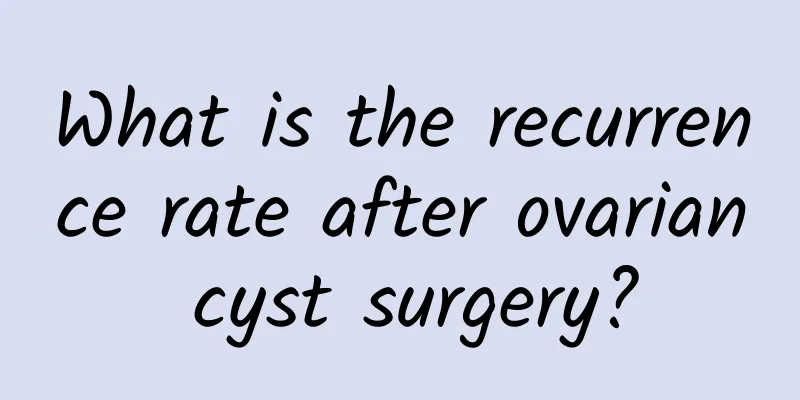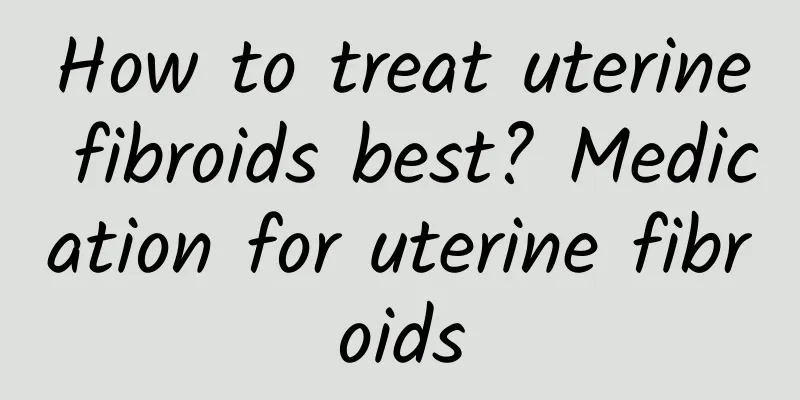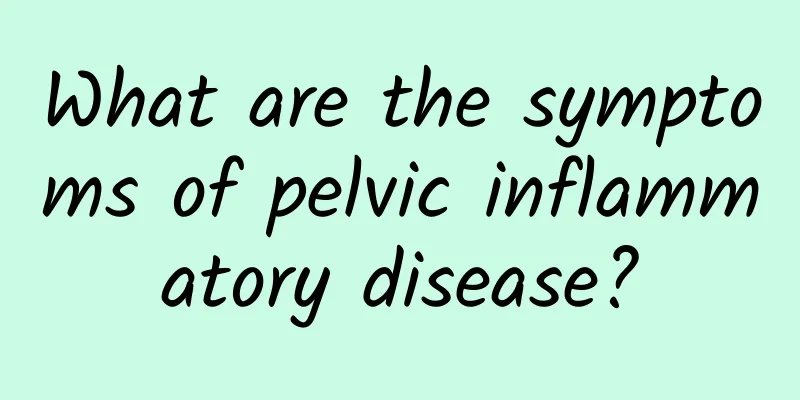What is the recurrence rate after ovarian cyst surgery?

|
What is the recurrence rate after ovarian cyst surgery? The recurrence rate after ovarian cyst surgery is generally related to the surgical method and pathological type. If the ovaries are removed, it usually will not recur, but if the ovaries are still there, there will be a certain probability of recurrence. Different pathological types have different recurrence rates. 1. Ovariectomy: If a unilateral or bilateral oophorectomy is performed, the ovarian tissue on the affected side is lost after the operation, and recurrence usually does not occur. At this time, the recurrence rate can be clinically considered to be 0. For patients who have bilateral oophorectomy, there is no problem with ovarian cyst recurrence. If an ovarian cyst is removed or a partial oophorectomy is performed, patients who wish to maintain ovarian function may relapse after surgery. 2. Ovaries still exist: 1. Simple ovarian cyst: If it is a functional ovarian cyst, such as follicular cyst or corpus luteum cyst, it may be a cystadenoma, such as serous cystadenoma or mucinous cystadenoma, which are all benign lesions. If the volume exceeds 5 cm, surgical removal is required, and the probability of recurrence is less than 1%-5%. 2. Ovarian endometriosis: also known as chocolate ovarian cyst, is a disease caused by ovarian endometriosis. It originates from the implantation of endometrium in the ovary or epithelial metaplasia into the endometrium. It is a cystic form of endometriosis and may or may not be accompanied by endometriosis in other parts of the pelvic cavity. The probability of recurrence in a simple ovarian cyst removal surgery is relatively high, at around 10%. After the surgery, you need to use preventive medications as recommended by your doctor to avoid multiple surgeries in the future, which can cause great harm to your body. 3. Teratoma: Also known as dermoid cyst. After excision, if it is removed cleanly, the recurrence rate is relatively low, generally 3%-8%. If an ovarian cyst is found, it is necessary to promptly complete examinations of six sex hormones, serum HCG, abdominal B-ultrasound, etc., and the doctor will determine the specific treatment method. |
<<: Symptoms and signs of pelvic inflammatory disease
Recommend
Briefly introduce some causes of ectopic pregnancy
Many women may experience ectopic pregnancy durin...
Daily dark green vegetables to supplement lutein (Medium)
6 mg a day is enough Liu Chunjun believes that al...
The main factors that cause dysmenorrhea
I believe that many female friends should be fami...
How women can prevent cervical erosion from the details 7 small details for women to prevent cervical erosion
Cervical erosion is a common gynecological diseas...
Is it difficult for patients with cervical erosion to get pregnant? Analysis of the impact of cervical erosion on pregnancy
Cervical erosion is the most common gynecological...
What are the symptoms of endometriosis?
According to clinical data, in recent years, amon...
Ovarian cysts may be caused by environmental factors
The cause of ovarian cysts may be related to envi...
What are the treatments for pelvic inflammatory disease?
With the improvement of medical level, there are ...
What tests are needed for endometriosis?
What tests are needed for endometriosis? Women wi...
What should I do if my period is very light, the bleeding is very light, and almost nothing happens?
What should I do if my period is very light, the ...
What are the symptoms of premature ovarian failure?
What are the symptoms of premature ovarian failur...
Golden rules of diet and nutrition to prevent threatened abortion
Diet is very important for women. The golden rule...
Can I get pregnant during adenomyosis?
When the endometrial glands and stroma grow ectop...
What to do if you have back pain after abortion?
If you experience lower back pain after miscarria...
Treatment of Sudden Menstrual Arrest with Chinese Patent Medicine and Diet Therapy
Treatment with Chinese patent medicine: Xiao Chai...









